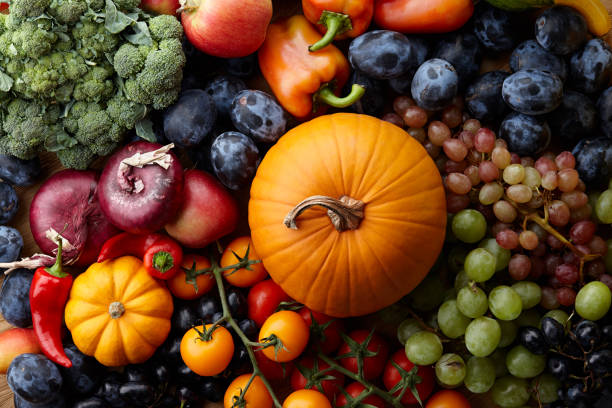With the return of the autumn, most people's lives return to normal routines. Travelers return from their annual vacations. Schools also open their doors. Children return to their daily system. There are also many nightmares and social events that are usually abundant in summer.
Although autumn gives us a precious opportunity to restore our physical activity, due to low temperatures, which, for example, drives us to walk, there are many psychological and health effects that can affect us, albeit to different degrees. So what has changed in the return of autumn? How do we invest its positive benefits and avoid its negative effects?
Health Advantages of Autumn
Autumn is an opportunity to regain fitness and physical activity. High temperatures during summer may reduce the practice of different physical activities, while a reasonable fall during autumn makes people able to increase physical activity, such as walking rather than using a car, and a mild autumn climate helps to exercise freely outdoors, during different times of the day.
During the autumn people also return to hot drinks, the intake of soft drinks and high-sugar juices decreases, and the autumn gives extra time to sleep, during which the night hours begin to prolong; This helps to gain extra time during the night to sleep, and the mild temperatures during autumn make sleep conditions more convenient and increase the possibility of a quiet and comfortable sleep, which has a positive impact on health.
At the start of autumn, women are more susceptible to depression.
- The main symptoms associated with depression are:
- Negative feeling accompanied by constant anxiety.
- Feeling overwhelmed and unwilling to make any effort.
- Immediate nervousness.
- anorexia or vice versa; And the desire to eat carbohydrates.
- Desire to sleep or insomnia.
- Inability to think properly and make the right decision.
- Desire to isolate and stay away from social relations
Tips for dealing with autumn "depression"
- You should wake up at the same time every day.
- Exercise even if it is rainy or cold.
- Be careful to walk outside for a short time to inhale the outdoors.
- Exposure to natural lighting during the day while opening windows and sitting near them.
- Eat healthy food, vitamin D and fish rich in omega-3 ′ ′.
5 Fall Foods to Consider:
- Mushrooms: rich in water, low in calories and low in fat. Because it is rich in potassium and contains a low sodium content, it is suitable for those with high blood pressure and heart disorders.
- Chestnuts: The composition of chestnut resembles grain because it is rich in carbohydrates, contains potassium and folic acid. Chestnut cooking methods are multiple, as they can be consumed with a toaster, mashed, cream or added to desserts.
- Pumpkins: From foods rich in beta-carotene that the body converts into vitamin A essential for the health of the sight, skin, mucous membranes and immune system. Pumpkins also contain antioxidants, potassium, phosphorus and magnesium. It can be taken grilled, in creams or as filling in pastry.
- Fig: A saturated food that regulates digestion because it contains a high percentage of fiber, rich in potassium, phosphorus and magnesium. It can be taken fresh or dried, where the concentration of sugars is greater after losing water. Fig can also be eaten with candy, in a snack, in salads or with toast and stews.
- Pomegranate: contains vitamins, minerals, especially vitamin C and potassium. It is rich in tannins and antioxidants that make it an appropriate food for the prevention of gastrointestinal diseases, cardiovascular disease and respiratory diseases. Pomegranates can be consumed in their natural form or in juices and salads.





Comments
Post a Comment